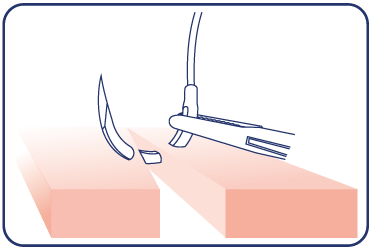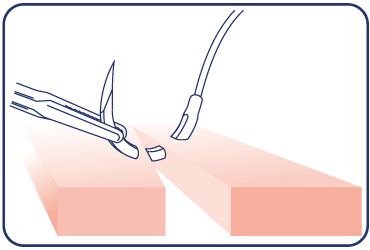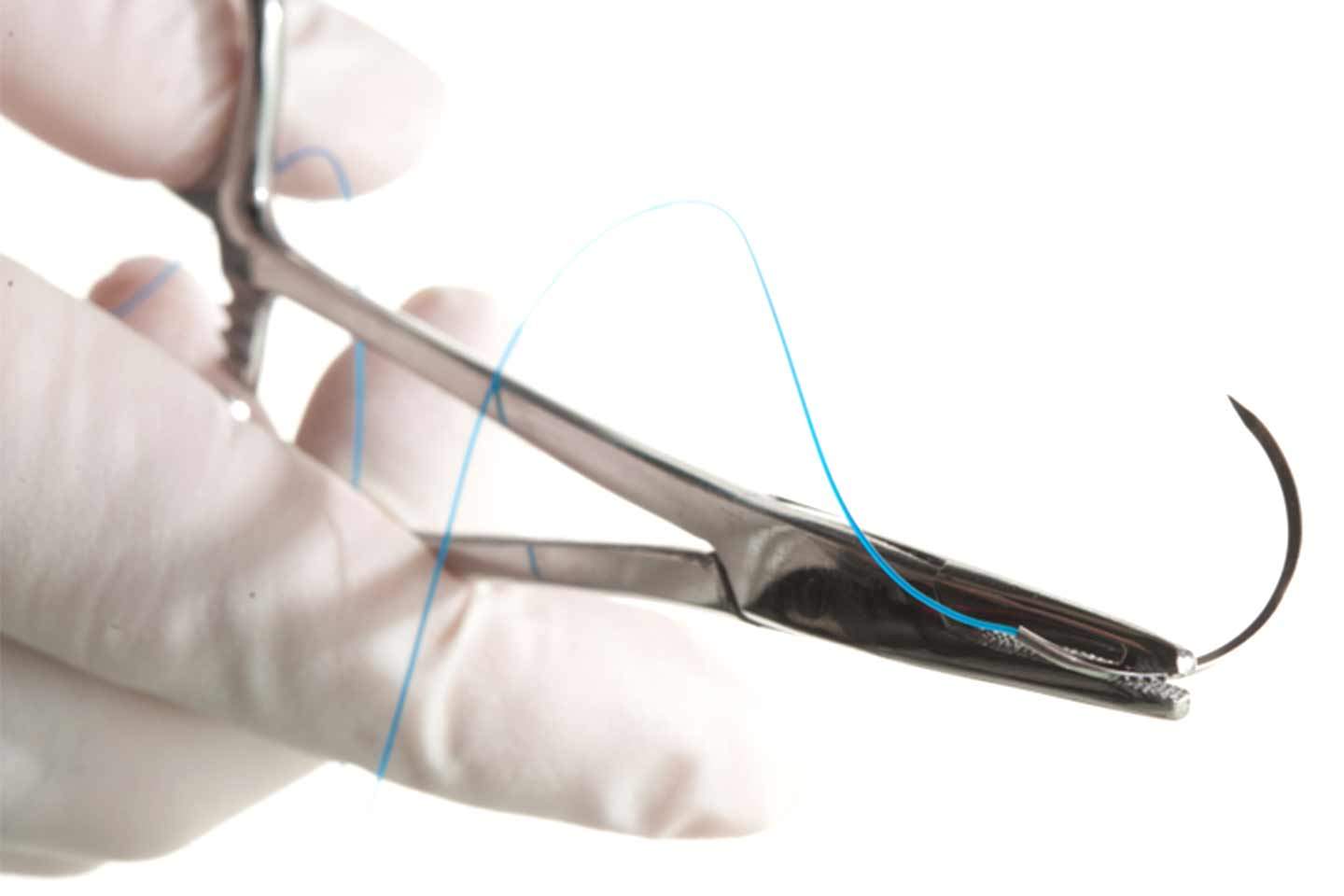Applying the methods for surgical suture use as mentioned below will facilitate certain applications. First, the main purpose of suturing is to bring back the physical integrity and body functions. It is important to be careful with open wound operations that are common in emergency cases. The surgeons might order for an immediate suturing when the patient arrives in ER. But an ER surgeon must always act with mind not by emotions. After applying the necessary medical procedures on the wound, the suturing should be completed in a sterile environment. These things must be considered to prevent any contamination after suturing.
How to Hold Suture Needle?
First, we will look into how to hold the suture needle. Needle holder must be carefully selected for the needle size and applied pressure. If the tip of the needle holder is bent or eroded, this holder must be replaced as it might cause a problem when turning the needle or on the needle body. The flaws and damages on the needle holder jaw will damage the needle and cause strength loss. The needle holder jaws should be securely fastened to the upper-back body of the needle as shown in the image below. The needles should only be held from the straightened middle section connecting with the thread. The needle must not be held from connection or close to needle tip.
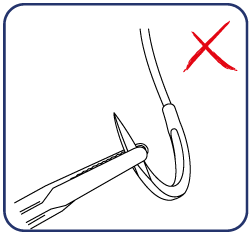
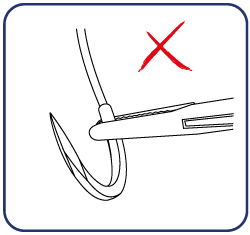
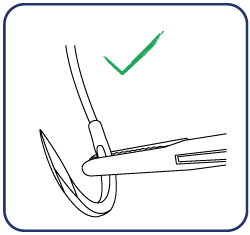
Non-straightened needles must be held to place approximately one third of the needle length. Excessive pressure must be avoided when tungsten coated jaw tips are held. Because the needle body might be damaged and this might cause decreased strength and breaking.
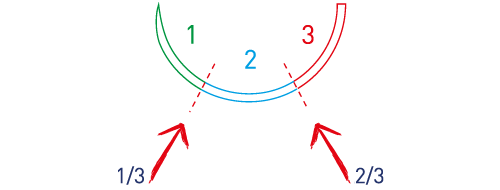
How to Use Surgical Needle?
- The pressure should be applied to the needle curve to pass the needle from the tissue.
- Required needle size should be used. Small needle for a certain tissue might bend the needle.
- After placing the needle on the tissue, the needle must be removed and re-inserted if re-adjustment is necessary. The needle must not be inserted to avoid bending the needle in the tissue.
- The needle must be separate placed on both sides of the open tissue. The needle must not be used for bridging the wound.
